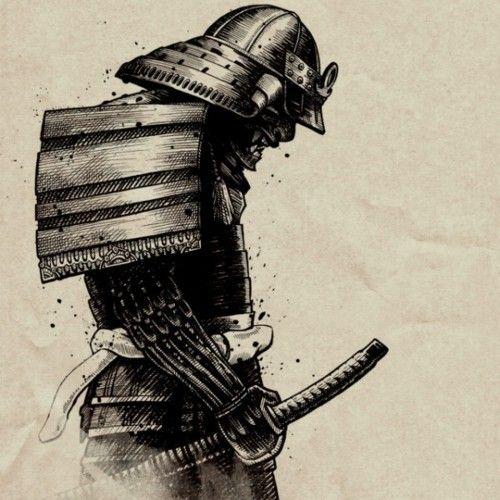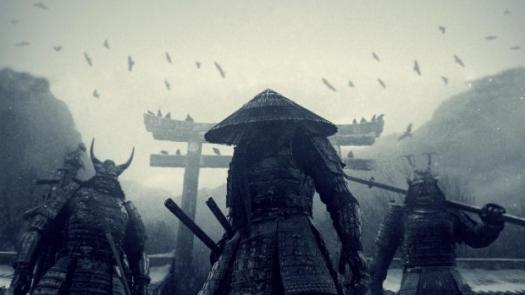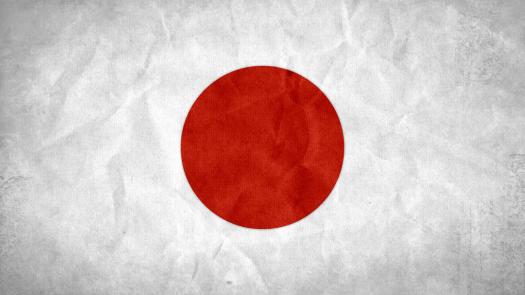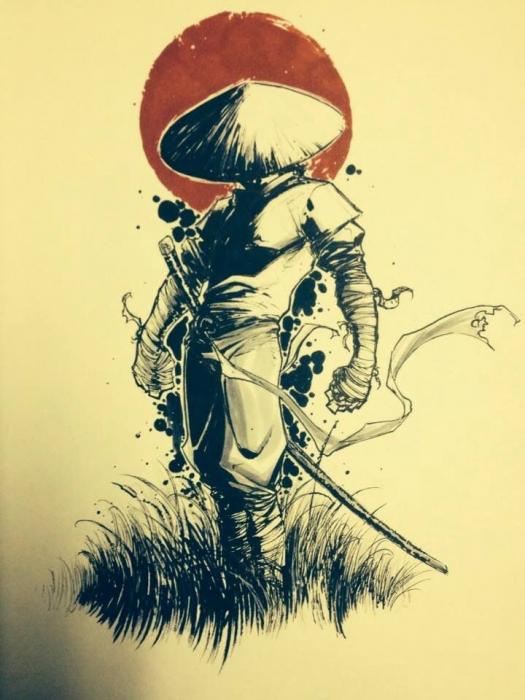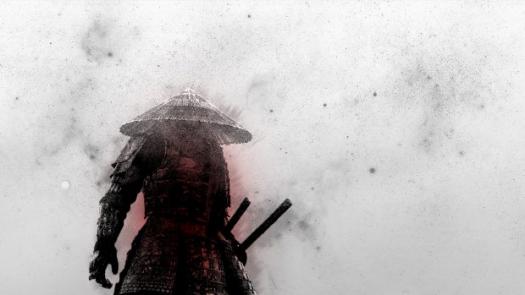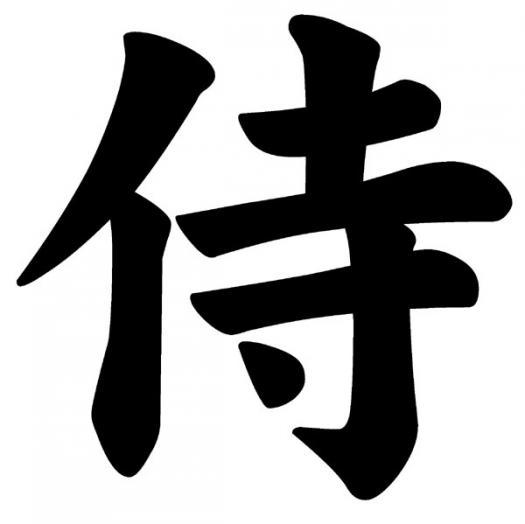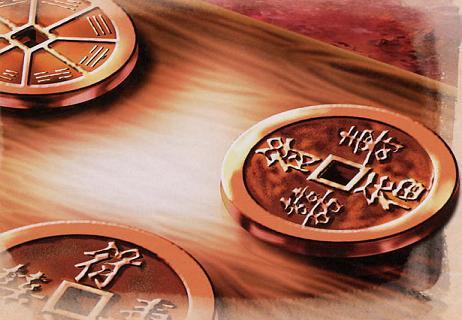Celine & Lillien-samurai Quiz

The Celine & Lillien-Samurai Quiz explores the historical and cultural significance of Japanese samurai. It assesses knowledge on samurai weaponry, social structure, and the Bushido code, enhancing understanding of feudal Japan's warrior class.
- 1.
The samurai military blade is known as a
Explanation
a long, single-edged sword used by Japanese samurai.Rate this question:
- 2.
What is another meaning for the samurai code "Bushido"?
- A.
Kill ones who desrespect
- B.
Provide land for peasants
- C.
The way of the warrior
- D.
Samurais are potential Shoguns
Correct Answer
C. The way of the warriorExplanation
the traditional samurai code of honor, discipline and morality known as bushido–or “the way of the warrior”Rate this question:
-
- 3.
Feudal Japan was divided into smaller sections, each controlled by a:
- A.
Daimyo
- B.
Shogun
- C.
Samurai
- D.
Emperor
Correct Answer
B. ShogunExplanation
Each section was controlled by the shogun.Rate this question:
-
- 4.
Before samurais used a katana blade, knives, and spears, they rode on horseback and their main weapon was a bow.
- A.
True
- B.
False
Correct Answer
A. TrueExplanation
The statement accurately describes the historical context of samurais. Before the use of katana blades, knives, and spears, samurais did indeed ride on horseback and primarily used bows as their main weapon. This aligns with the traditional image and understanding of samurais in Japanese history.Rate this question:
-
- 5.
Who were the samurai?
- A.
Ninjas who assassinated
- B.
Japanese warriors
- C.
Japanese Food sellers
- D.
Characters in a Tom Cruise movie
Correct Answer
B. Japanese warriorsExplanation
The samurai were Japanese warriors. They were members of the military class in feudal Japan and were known for their loyalty, honor, and skill in combat. They followed a strict code of conduct called Bushido and served as the ruling class during the Edo period. The samurai were highly trained in martial arts and were skilled in using various weapons such as swords and bows. They played a significant role in Japanese history and culture.Rate this question:
-
- 6.
Some samurais later became monks
- A.
True
- B.
False
Correct Answer
A. TrueExplanation
It is true that some samurais later became monks. After the decline of the samurai class in Japan, many samurais sought spiritual enlightenment and turned to Buddhism, becoming monks. This transition allowed them to find solace and purpose in a different path, focusing on meditation, self-reflection, and serving their communities through religious practices. This shift from a life of warfare to a life of peace and devotion was not uncommon among samurais during this time period.Rate this question:
-
- 7.
Which of the following is NOT true about Japanese peasants?
- A.
They were often poor.
- B.
They could be killed for dishonoring the samurai class.
- C.
They could not move or marry without permission.
- D.
They were the lowest class in feudal society.
Correct Answer
D. They were the lowest class in feudal society.Explanation
The statement "They were the lowest class in feudal society" is not true about Japanese peasants. Although peasants were considered lower in social status compared to the samurai class, they were not the lowest class in feudal society. The lowest class in feudal society was the eta class, which consisted of outcasts and those who performed "unclean" occupations such as butchering animals or handling corpses. Peasants, on the other hand, were primarily engaged in agricultural work and had a higher social standing than the eta class.Rate this question:
-
- 8.
This symbol represents samurai in which following Japanese writing system?
- A.
HIrigana
- B.
Katakana
- C.
Kanji
- D.
Option 4
Correct Answer
C. KanjiExplanation
This image is Kanji for Samurai.Rate this question:
-
- 9.
What is a koku equivalent to?
- A.
A million yen (Japanese currency)
- B.
Enough money to buy a katana blade
- C.
Enough rice for a man for a whole year
- D.
A pass to visit a samurai's house
Correct Answer
C. Enough rice for a man for a whole yearExplanation
According to Wikipedia, the koku was originally defined as a quantity of rice, historically defined as enough rice to feed one person for one year (one masu is enough rice to feed a person for one day). A koku of rice weighs about 150 kilograms (23.6 stone or 330 pounds).Rate this question:
-
Quiz Review Timeline +
Our quizzes are rigorously reviewed, monitored and continuously updated by our expert board to maintain accuracy, relevance, and timeliness.
-
Current Version
-
Mar 21, 2023Quiz Edited by
ProProfs Editorial Team -
Oct 20, 2016Quiz Created by
Giwarce
 Back to top
Back to top



